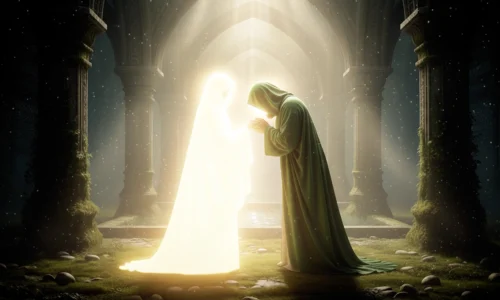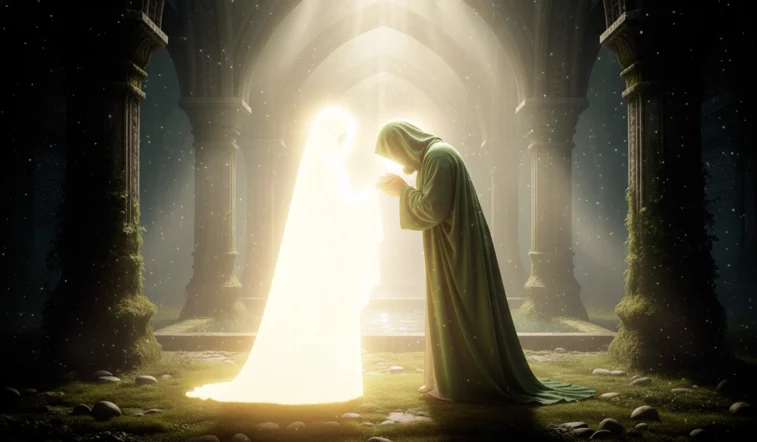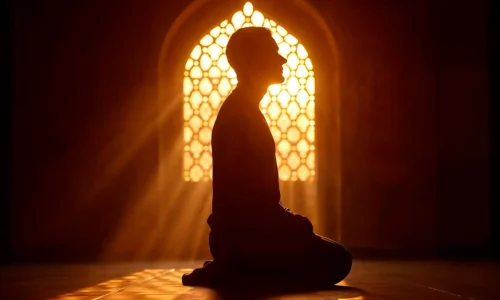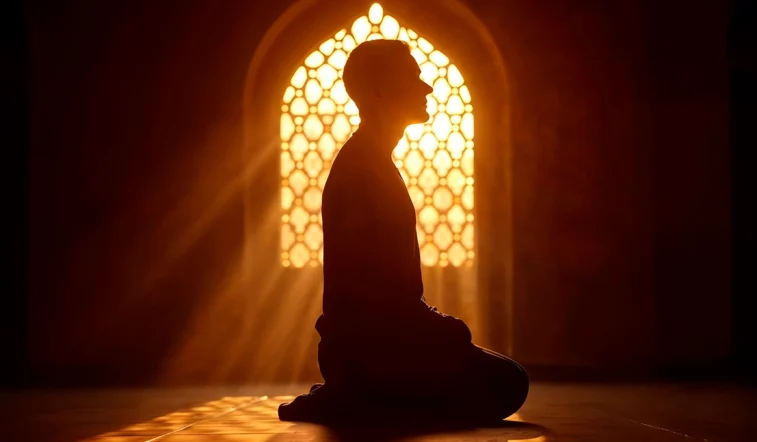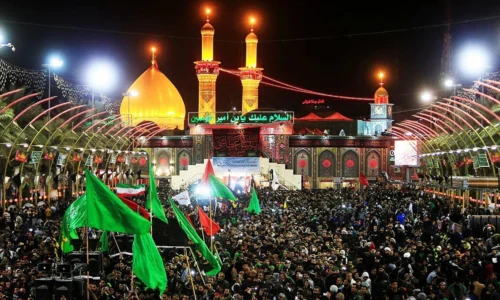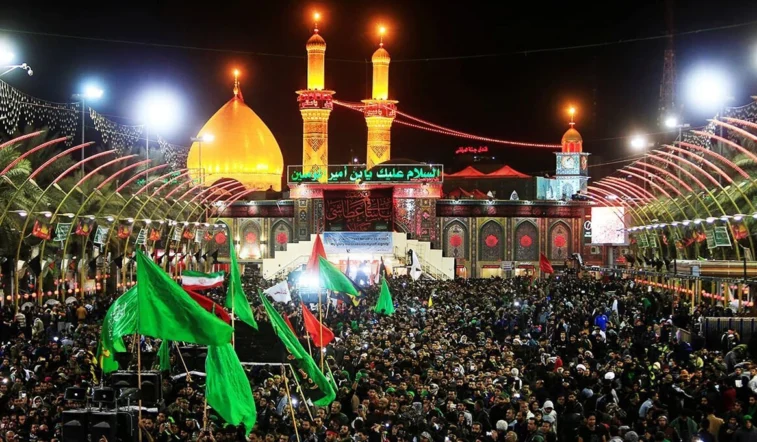The Middle East is often viewed as the epicenter of global conflict—mainly due to its energy resources, religious diversity, and strategic location. But for those who study Islamic eschatology, especially in Shi’a tradition, this region holds a far deeper and more profound significance. It is not merely a geopolitical hotspot—it is the sacred arena where the final battle between truth and falsehood unfolds, culminating in the reappearance of Imam Mahdi (A.S.), the promised savior.
This reappearance is not a myth or symbolic dream—it is a certain and prophesied event, grounded in hundreds of reliable narrations and increasingly acknowledged, directly or indirectly, by global political figures.
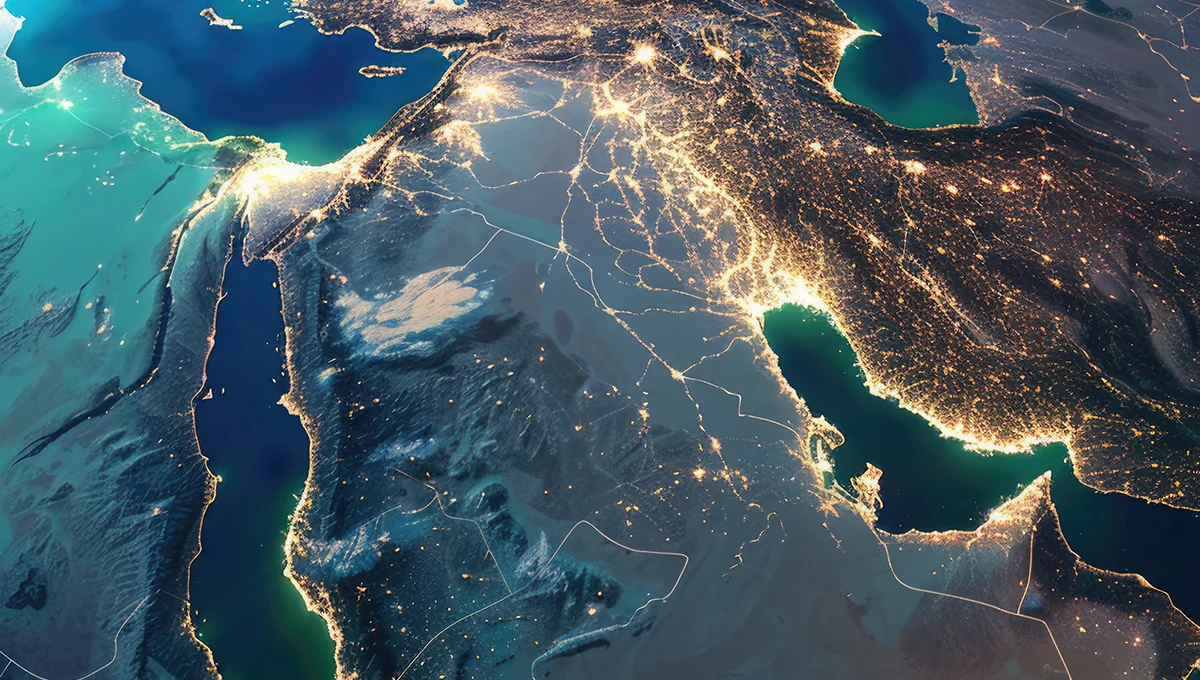
Reappearance: A Promise, Not a Legend
The return of Imam Mahdi (A.S.) is firmly rooted in Islamic teachings, with over a thousand narrations from both Sunni and Shi’a sources confirming it. Unlike vague prophecies, these narrations include precise details: the rise of Sufyani in Syria, the allegiance at the Kaaba, the conquest of Jerusalem, and the global revolution of justice.
This level of consistency turns the reappearance from a mere religious hope into a historical certainty. It is not folklore—it is the continuation of divine leadership on Earth.
The Middle East: More Than Oil
The West often views the Middle East as a region valuable only for its oil and gas reserves, but in eschatological terms, its true value lies in:
- Spiritual Legacy: Cities like Mecca, Medina, Najaf, Karbala, Qom, and Jerusalem are central to prophetic history and the future divine uprising.
- End-Time Events: Narrations consistently place the early events of Imam Mahdi’s (A.S.) reappearance—like his call from Mecca and battles in Iraq and Syria—within the Middle Eastern landscape.
- Conflict & Chaos: The constant unrest, wars, and foreign interventions are seen by many as part of the preparation for divine justice.
Role of Key Middle Eastern Countries
- Saudi Arabia: Imam Mahdi (A.S.) will first appear in Mecca. His initial call will shake the ruling powers, who may resist the divine movement at first.
- Iraq: Seen as the Imam’s future base (Kufa), Iraq will host some of the most significant battles and spiritual transformations of the end times.
- Syria: The emergence of the Sufyani—a corrupt tyrant opposing the Imam—will begin here. Syria becomes a symbol of falsehood’s resistance to truth.
- Iran: Identified by many as the “people of the East” mentioned in hadiths who will rise to support the Imam. Iran’s religious infrastructure and revolutionary mindset play a preparatory role.
- Palestine/Israel: The liberation of Al-Quds (Jerusalem) is among the Imam’s missions. The ongoing occupation and resistance are deeply tied to the final struggle between divine justice and oppression.
Western Acknowledgment: What the U.S. and Allies Really Think
Even though many Western politicians do not publicly accept the Mahdi’s reappearance as truth, their policies, speeches, and fears reveal otherwise. They often see Mahdist belief as a real threat—not a fantasy. Here are a few key examples:
- General Wesley Clark (U.S. Army, Ret.):
Revealed that the U.S. planned to destabilize seven Middle Eastern countries, including Iraq, Syria, and Iran—all regions central to Mahdist prophecies. - Henry Kissinger:
Noted Iran’s “apocalyptic religious vision” in his writings and said that any future global order must deal with the ideological power coming from the region. - President George W. Bush:
Often referred to the “battle of good and evil” in the Middle East. His administration was advised about the belief in Imam Mahdi (A.S.) among Iranian leaders. - Michael Flynn (Former NSA):
Described Shi’a eschatology as a dangerous “apocalyptic worldview,” acknowledging its power to shape resistance movements.
These statements show that Western powers do not treat belief in the Mahdi (A.S.) as a theological myth—they see it as a real, motivating force driving resistance to their dominance.
Friends and Foes of the Mahdi’s Movement
- Allies:
Nations and groups that resist global oppression, defend religious principles, and promote justice—knowingly or unknowingly—align themselves with the Mahdist path. - Enemies:
Tyrants, corrupt regimes, and global elites who fear losing control view the Imam’s return as a threat. Their media, policies, and military actions often reflect this fear.
Conclusion: A Divine Future Unfolding
The return of Imam Mahdi (A.S.) is not just a theological belief—it is a real, approaching event acknowledged even by those who deny it. The Middle East is not merely valuable for oil—it is the chosen ground for divine justice. The growing chaos and political tension are not signs of failure—they are the signs of a transition.
Understanding this reality changes how we see the world—not as a series of random crises, but as the unfolding of a divine promise.
